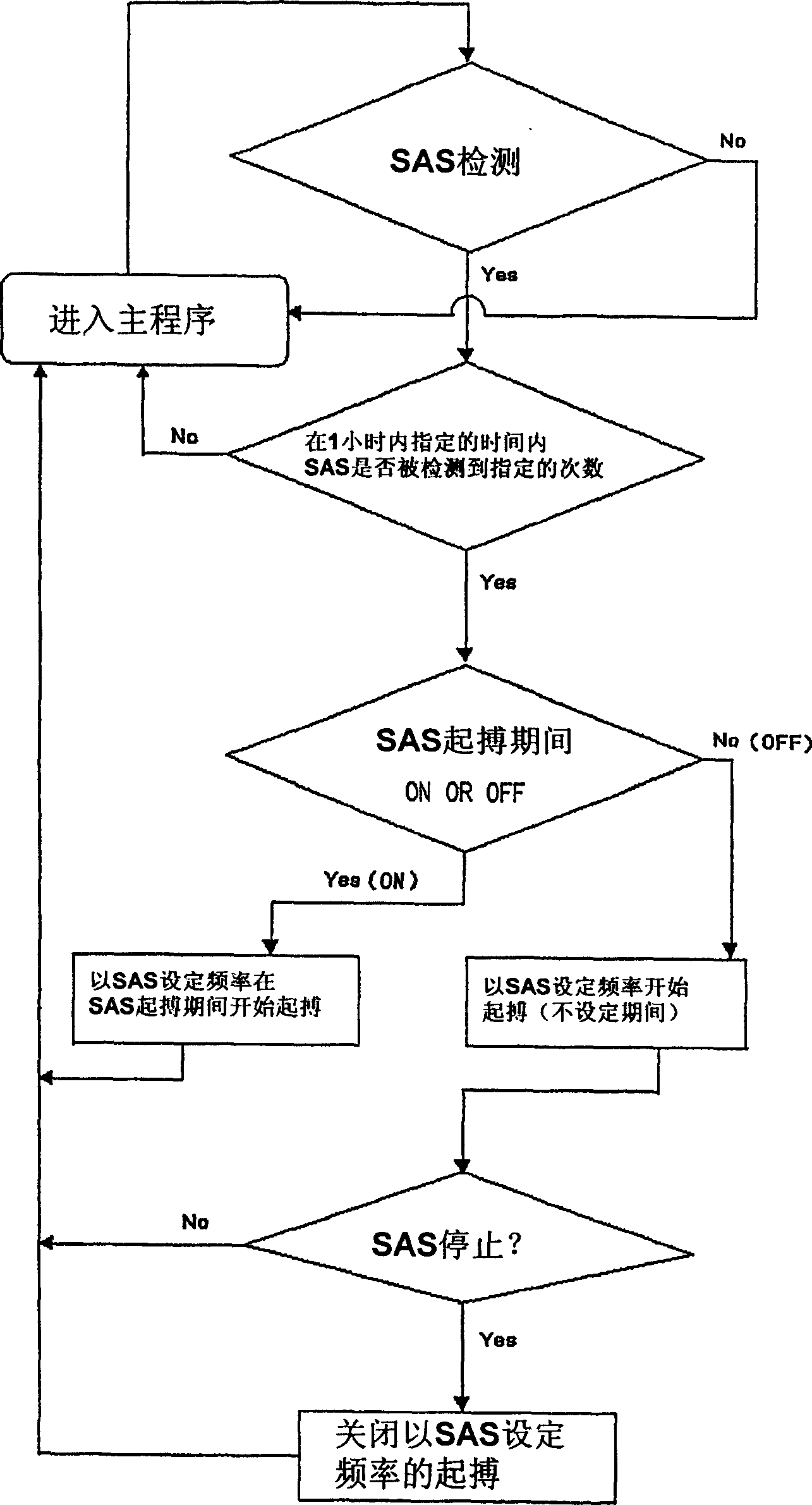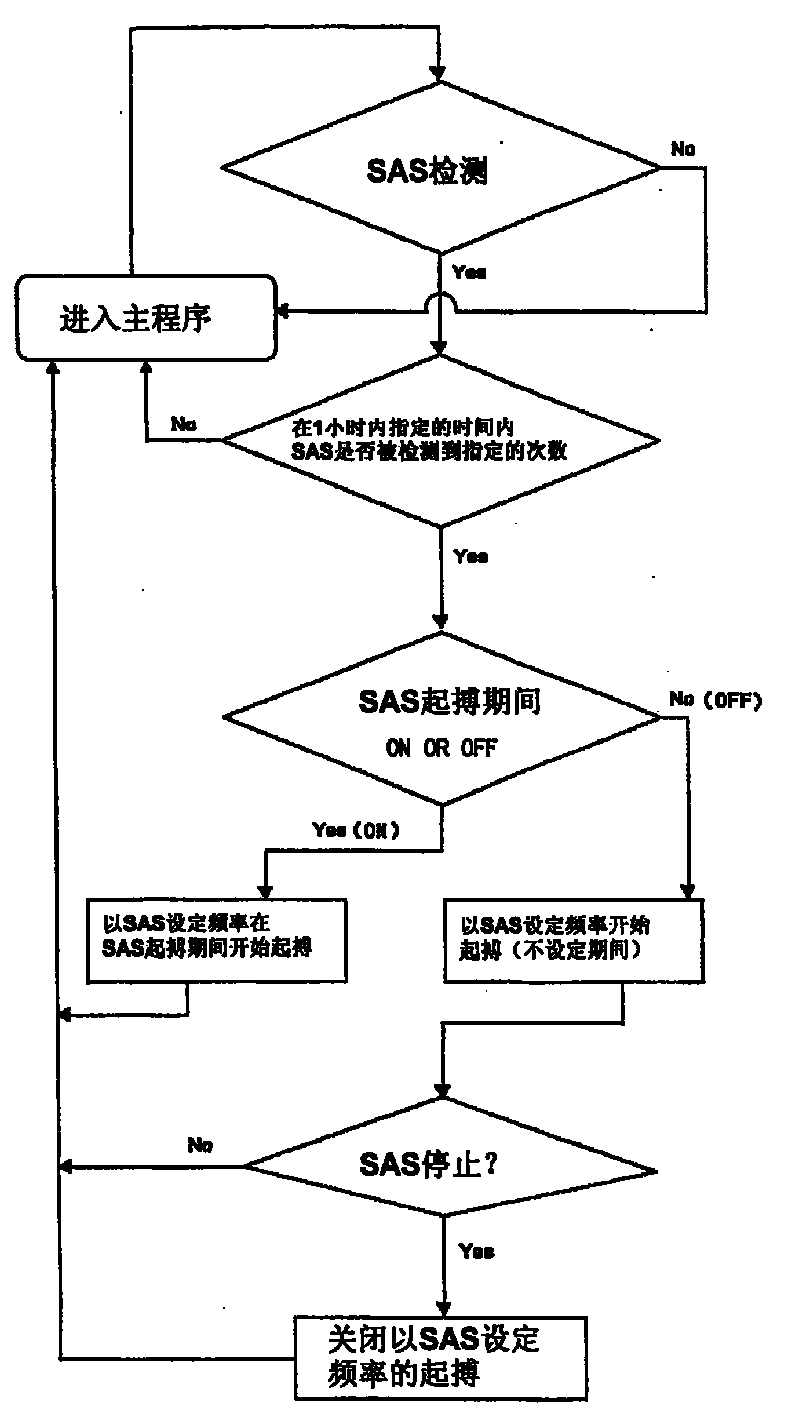Pacemaker system for treating sleep apnea syndrome
A technology of apnea and pacemaker, applied in therapy, electrotherapy, cardiac stimulator, etc., can solve problems such as difficulty in adapting and inability to freely adapt to patient symptoms
- Summary
- Abstract
- Description
- Claims
- Application Information
AI Technical Summary
Problems solved by technology
Method used
Image
Examples
Embodiment Construction
[0027] The pacemaker system of this embodiment is a model compatible with various modes such as SSI(R), VDD(R), and DDD(R), and has the following configuration.
[0028] A circuit for measuring thoracic impedance from lead wires embedded in the body is built into the pacemaker body. The circuit for measuring the thoracic impedance is part of the MV sensor as an apnea detection device. In addition, a memory circuit for storing the histogram of the MV sensor is built in the sensor body. In addition, in the sensing system of this method, when the rest frequency is set to ON, the SAS function is also set to be automatically turned on, but the SAS function can be automatically set independently regardless of whether the rest frequency is set or not. is ON, OFF. In addition, in the pacemaker system of this mode, as the reference value for shifting to the SAS pacing mode, for example, the reference value of 5 or more SAs in one hour and 10 seconds or more for one SA in another time...
PUM
 Login to View More
Login to View More Abstract
Description
Claims
Application Information
 Login to View More
Login to View More - R&D
- Intellectual Property
- Life Sciences
- Materials
- Tech Scout
- Unparalleled Data Quality
- Higher Quality Content
- 60% Fewer Hallucinations
Browse by: Latest US Patents, China's latest patents, Technical Efficacy Thesaurus, Application Domain, Technology Topic, Popular Technical Reports.
© 2025 PatSnap. All rights reserved.Legal|Privacy policy|Modern Slavery Act Transparency Statement|Sitemap|About US| Contact US: help@patsnap.com



